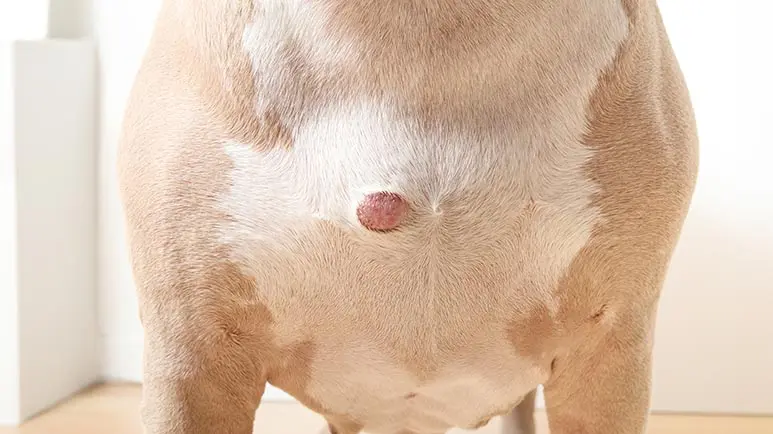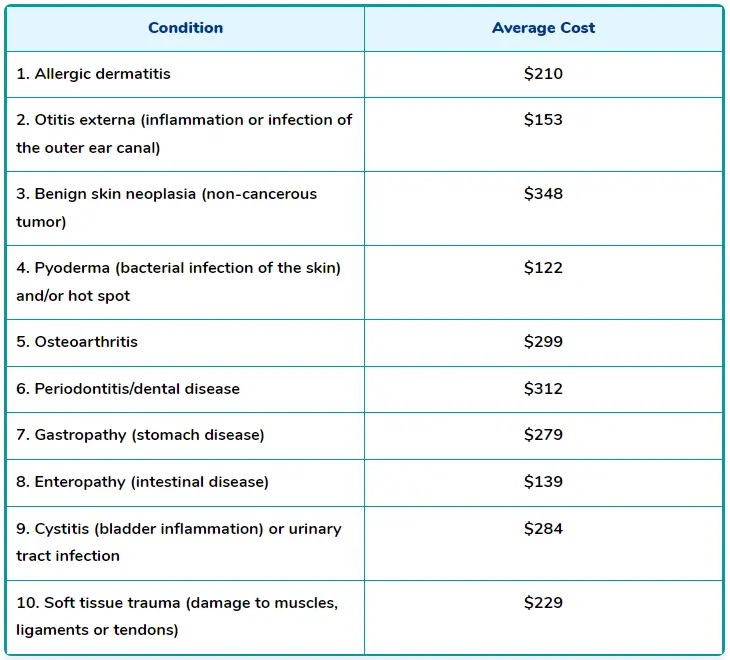Scary Lumps and Bumps: What’s Taught in Vet School Versus What Holistic Vets Do
Most vets are more than happy to remove any lump or bump their client requests. But most integrative vets would say, 'not so fast.' Here's what’s been taught in vet school, versus what holistic vets do.

STORY AT-A-GLANCE
- According to Nationwide, a pet insurer, in 2015 the No. 1 medical condition for which dogs visited veterinary offices was allergic dermatitis
- The most costly of the top 10 medical conditions in dogs last year was benign skin neoplasia, which is a non-cancerous growth on the skin
- Any lump or bump on your dog should be evaluated to determine whether the abnormal cells are benign, pre-cancerous or cancerous
- Most veterinarians recommend removing harmless lumps and bumps, and many dog guardians also want them gone
- A better approach is to leave benign growths alone unless they impinge on your dog’s quality of life, while monitoring them for changes in size or appearance
Editor's Note: This article is a reprint. It was originally published October 19, 2016.
According to pet insurer Nationwide, in 2015 pet parents submitted over a million claims for more than half a million pets. Following are the top 10 medical conditions dogs visited the veterinarian for last year, and the average cost of each.
Top 10 Medical Conditions in Dogs in 2015

Benign Skin Growths: To Remove, or Not to Remove?
As you can see from the list, the most expensive item to treat is a benign skin growth. The average $348 cost reflects the testing required to insure the neoplasia is non-cancerous, as well removal of the lump or bump.
(Keep in mind, these costs are averaged. Treating a skin growth in New York City will be more expensive than treating the same problem in, say, Idaho.)
Skin growths, even harmless ones, tend to be unsettling for pet parents, and sometimes they're just plain ugly as well. Many veterinarians either recommend removal or are happy to do it if the dog's guardian requests it.
However, in most cases, it’s best to leave benign growths alone unless they're interfering with a dog's quality of life. You can keep a close watch on them to monitor any changes in size or appearance.
Your holistic vet will use body charts to show the ventral and dorsal (front-to-back and side-to-side) views of a dog's body. On the charts, they will record lumps when they are first seen, along with a brief description of their appearance — size, color, etc. Each time the dog comes, the vet will consult these notes to determine if the growth has changed in any way.
A fine needle aspirate of the growth, during which some cells are pulled out of it and sent them to a pathologist for examination, is used to determine what specific type of cell is present.
It also tells the vet whether it's a benign or malignant growth. Ideally, only cancerous growths are removed. If the pathologist determines there are spooky cells present that indicate the growth is either cancerous or pre-cancerous, immediate removal is recommended.
However, if the pathology report indicates the growth is benign (no troublesome cells are present), removal is unnecessary unless the lump is interfering with the dog's mobility or quality of life.
When Removing a Growth Makes Sense
Sometimes a benign tumor can interfere with a dog's range of motion, for example, when there's a lipoma (a fatty growth) at the junction of a joint. If a dog is altering his gait in response to a growth near a joint, his body weight is shifting, which can cause compensatory changes.
In those situations, it may make sense to remove a benign growth, preferably while it's small.
Vets are taught in veterinary school to recommend removal of every lump or bump. The procedure makes a profit for the veterinary clinic, and in most cases the dog's owner is happy to have the thing gone. The downside is the expense to the pet owner, and some element of risk to the dog from the procedure.
If a growth seems to be changing in size or appearance, it should be re-evaluated. If the aspiration demonstrates there's a high rate of mitotic cell division or there are questionable cells present, it's time to consider removing the growth.
In most situations, removing benign growths is done for cosmetic reasons only. The dog's guardian doesn't like the way it looks. But there's really no good reason to remove a benign growth on your dog just because it's unsightly or annoying, especially if it's not growing or changing.
The only reason to anesthetize a patient specifically to remove a benign growth is if it is fast growing, is impinging on range of motion or quality of life or the dog is obsessing about it.
Sources and References
- dvm360 April 7, 2016











